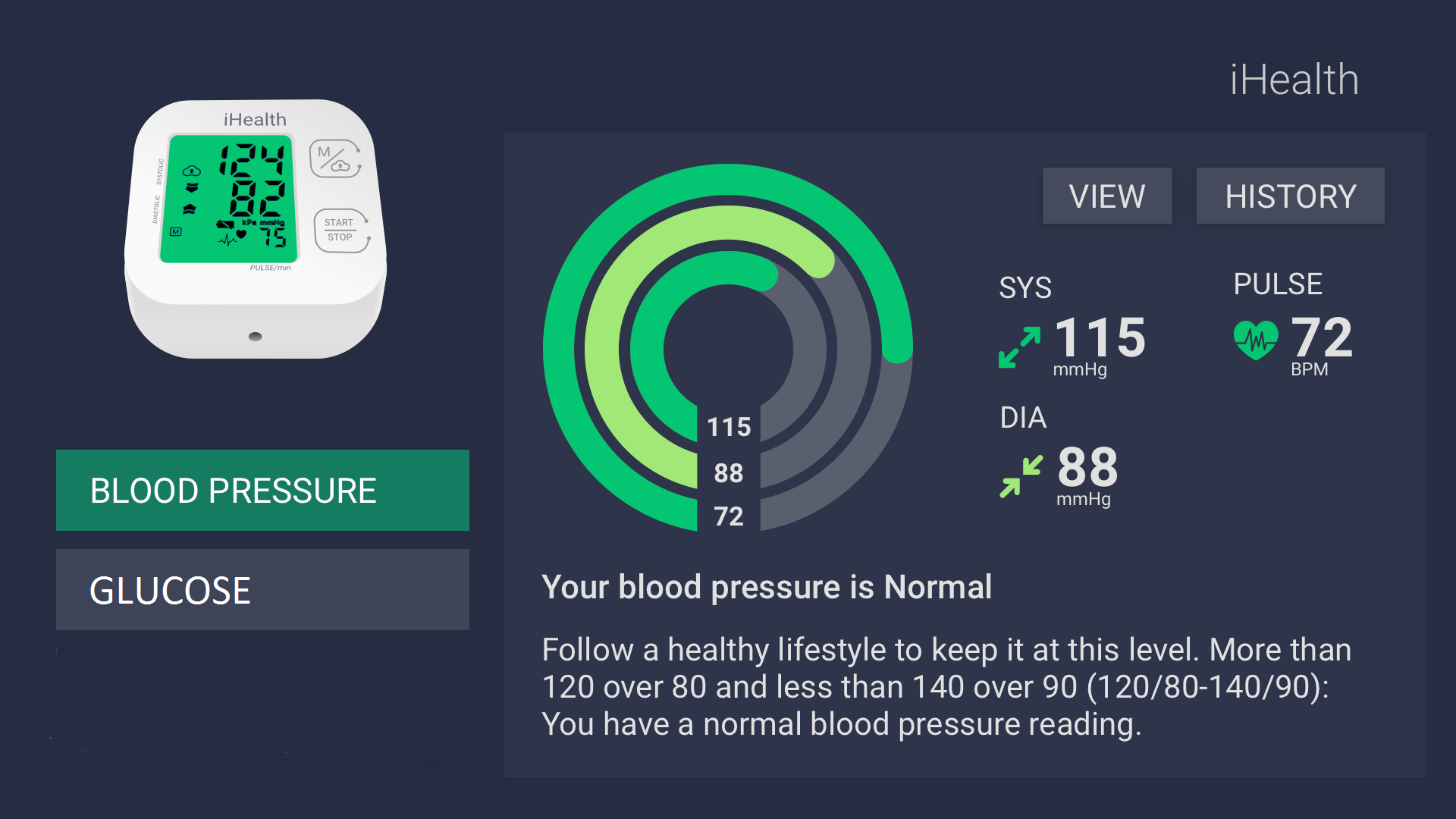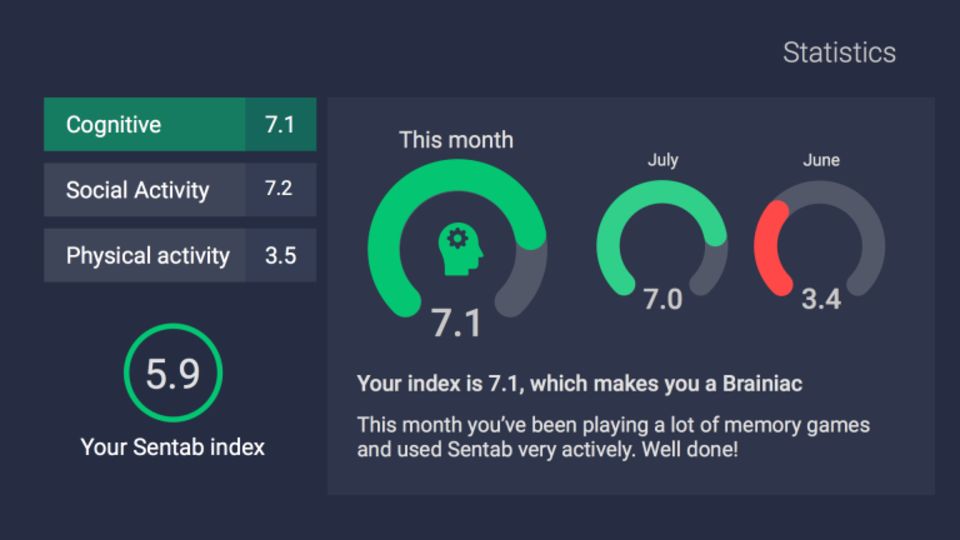Why should we be looking to tech solutions to create an impact on social care?
It is estimated that social care in the UK will be facing a £1.3billion deficit by 2020 [1].
There are a multitude of ways to tackle this shortfall and technology is one of them. Whether it is a social care provider or a local authority, technology can provide a variety of solutions and benefits with regards to quality of care, efficiency, and compliance.
We can observe that the use of technology in other sectors can have a dramatic impact on how products and services are delivered. Examples of this include; touch screen ordering in fast food restaurants, one-day delivery with online shopping, or apps that provide clothing/outfit suggestions. These examples use the same types of technology but utilise them very differently to enhance their respective markets and customer experience. The social care sector has access to these same technological resources, how effective they are will depend on how well they are implemented.
1. Efficiency within social care
Imagine the following scenarios;
(A) John is an 84-year-old resident in a care home. He requires continued scheduled monitoring of his blood pressure. John has limited mobility and is at high risk of slips trips and falls. In order to receive his frequent check-ups he would either be supported to see a doctor/nurse or has a visit by a district nurse.
In this scenario, an in-home hub/monitoring device greatly reduces the falls risk for John by allowing him to monitor his blood pressure in his room. The hub device would store the relevant data and make it available to Johns GP. John’s GP could then video call him to have a consultation if required. All of this is more efficient for the home, and promotes more independence for John. According to the study conducted by Princeton unversity, caring at home is on average 3-5 times cheaper than in hospital [2].
Furthermore, the time that a member of staff may have taken to escort John to a physical appointment is now resource that can be spent elsewhere.
(B) Sarah, a newly qualified social worker earns around £22,000 per year, £84 per day or £10 per hour and completes 20 visits per week, spending an average of 2 hours per visit. If one visit per week could be substituted with a video calls, the social worker could tele-visit 10 more people that week, an increase of 50%. Naturally, in a number of cases tele-visit cannot cater the services that are physically required, however it will have a preventative effect with people who are not in acute need for physical services or require just a visual check. Otherwise, there could be a potential saving of £20 per week. If we take a small segment of social workers across the UK e.g. 80,000 workers and factor in the number of weeks in the year you have a saving of £90 million per year. The £90m does not factor in fuel or taxi costs, or workers on a higher salary.
2. Connectivity, communication, and accessibility
We live in an age where communicating technology is becoming easier to use, cheaper to implement and more readily available. For example, video calling systems allow for more regular and convenient interactions between staff, family, and residents. Better communication can help with a resident’s sense of well-being, the benefits of which are not limited to a single type of accommodation. Whether a person lives in a care home, sheltered accommodation or receives domiciliary care/support it is quite apparent that effective use of technology can have a profound impact on quality of life and quality of care.
There are 11,000,000 disabled people in the UK, 33% of disabled people have never used the internet, compared to just 8% of non-disabled people – a ‘digital divide’ of 25%. By using new more accessible forms of technology we can bridge the digital divide and allow for better dissemination of information. Better information sharing in turn would allow for information on preventative measures to be accessed easily and quickly.
Per the Office of National statistics in 2015 only 33% of adults aged 75 years and older use the internet. Furthermore of 5.9 million adults who had never used the internet 3 million were aged 75 years and older. Imagine if the barrier to entry for these people were removed, the ease of which they could be communicated with would have a significant impact on quality of life, efficiency, and cost.
The internet is becoming the preferred method for dissemination of information due to the low costs involved. This means that more conventional methods of information e.g. newspapers and new letters are being reduced. For people who do not have a PC/Laptop or tablet it can be difficult for them to access this information which results in them missing key social events and activities they could benefit from for example;
(C) Ellie is an 82-year-old resident of Croydon. She is interested in keeping her fitness levels up so that she can maintain her mobility and independence, but she does not live near a gym.
Several local community centres in her area run free exercise and aerobics classes aimed at older adults. Due to funding the council have been unable to continually promote this service via leaflets and flyers.
Ellie does not have a PC as she finds them confusing and difficult to use. However, she does have a flat screen TV her family bought for her and she has wi-fi as part of her TV and phone package.
A TV hub device would solve this issue; Elli could receive updates and information from her community centres on her TV. This way the cost of information sharing for the council is reduced and Ellie can maintain her fitness and limit her chances of becoming social isolated as she knows what is happening in the local community. Not to mention that having the information on a big screen could be better for Ellie who has trouble reading smaller print.
(D) Bob 68, is a recently retired University lecturer. Bob suffered a stroke and his mobility has become limited. Despite this Bob wants to keep his mind as active as possible. He has never really gotten on with computers, he just wants a simple way to access educational material on astronomy.
Again, a TV based internet device with easy to use controls is a great way to provide educational content for people with limited mobility and access to computers. The cost of a hub device is significantly less than a PC or a tablet which means the return on investment will be seen very quickly.
In both cases the impact of increased digital inclusion can be far reaching. In both instances the well-being of the people will be increased with little to know cost. The knock-on effect is they are less likely to require additional social support or reduce social and physical decline.

In home monitoring, reducing the strain on health and social care
3. Early detection and prevention
In-home monitoring is coming to the forefront of health care as a preventative measure to reduce spending. Early detection and prevention are increasingly seen as measures to reduce cost to the NHS;
“Throwing more money into an unreformed system – for example by more admissions to hospital or long-term care – will not work. Evidence shows how better outcomes can be achieved through approaches based on promoting independence, demand management and models of integrated care with health that meet needs more effectively.” [3]
By making technology more accessible and cost effective to implement, we can help people to maintain their health and well-being for longer. Reducing the need for social support and health care.

The Sentab well-being index supporting social care
Conclusion
Within social care, technology should be used to improve people’s quality of life by making things easier to do. Efficiency and cost savings are important but it is also important to consider how technological solutions will impact the lives who receive support.
Video calls are not the only benefit to be delivered by hub devices like InTouchTV. Digital signage, educational content, training, information sharing, live streaming are all ways in which a multifaceted device like Sentab can be used.
[1] Adult social care funding: 2016 state of the nation report
[2] https://www.princeton.edu/~ota/disk2/1987/8728/872805.PDF
[3] https://www.gov.uk/government/publications/disability-facts-and-figures/disability-facts-and-figures
[4] https://www.ons.gov.uk/businessindustryandtrade/itandinternetindustry/bulletins/internetusers/2015